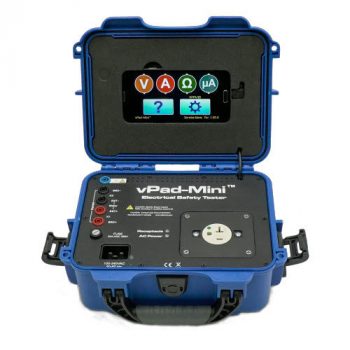High voltage
Transformer oil testers
Transformer oil testers are calibrated up to 85 kV AC in a frequency range 45–65 Hz. Additionally, voltage of each electrode can be checked separately.
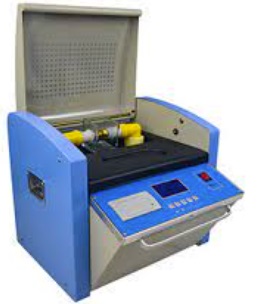
High voltage probes, high voltage differential probes
The standard calibration parameters are:
- high voltage (AC/DC)
- input resistance
- rise time
- frequency response (e.g., bandwidth).
Frequency response and rise time are measured with oscilloscope. We recommend using customer’s oscilloscope since the probes are typically used in that way. However, the bandwidth of the oscilloscope should exceed the bandwidth of the probe otherwise the performance of oscilloscope limits the performance of the probe.
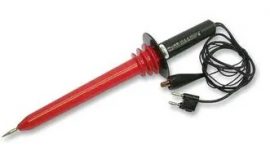
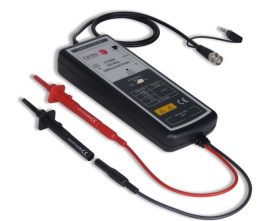
High voltage generators and high voltage meters
The standard calibration parameters are DC voltage up to 120 kV and AC voltage up to 85 kV.
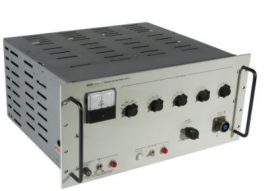
AC/DC/IR HIPOT Testers
The main calibration parameters are:
- AC or DC voltage
- insulation resistance
- insulating voltage (IR)
- measuring current
- resistance up to 100 GΩ at different measurement voltages
Other parameters are:
- short-circuit current
- open-circuit voltage
- different measuring currents
Calibration could be performed at 50 Hz and/or 60 Hz.
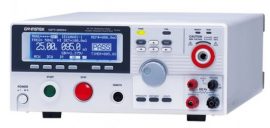
High voltage dividers
Calibration is carried out by generating high voltage (AC/DC), and by considering divider ratio. The calibration could be performed also by using customers oscilloscope or other measuring equipment.
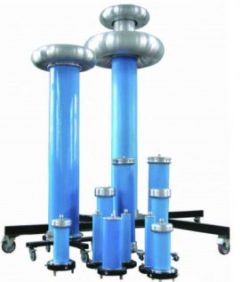
High voltage meter for calibration of ESD generators
The meter has a very high input resistance (i.e., 10 GΩ) and thus allows the measurement of peak voltage of very fast and short pulses in the nanosecond range. The meter is typically used for calibration of open-circuit voltages of ESD generators, according to requirements of IEC 61000-4-2 and ISO 10605 standards. The standards require calibration of open-circuit voltage up to 30 kV. SIQ can provide accredited calibrations up to the maximum measuring range of the instrument (i.e., 30 kV) or up to 120 kV.
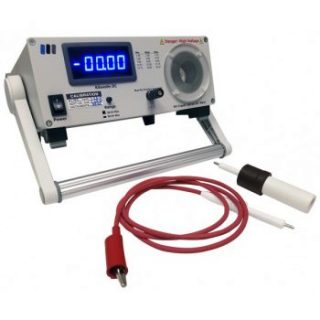
Electrostatic voltmeter
The electrostatic voltmeter allows contactless measurement of high voltages (potentials) of metal plates. The standard calibration parameter is DC voltage accuracy up to 10 kV. SIQ performs unaccredited calibration for both polarities with a resolution of 10 V.
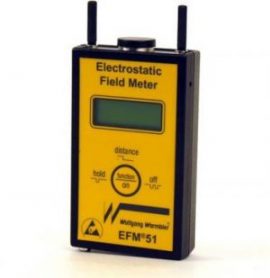
Multifunctional instruments, electrical safety testers
Typical calibration parameters are:
- insulation resistance
- ground resistance
- voltage
- current
- short-circuit current
- open-circuit voltage
- voltage at different frequencies
- measuring time
